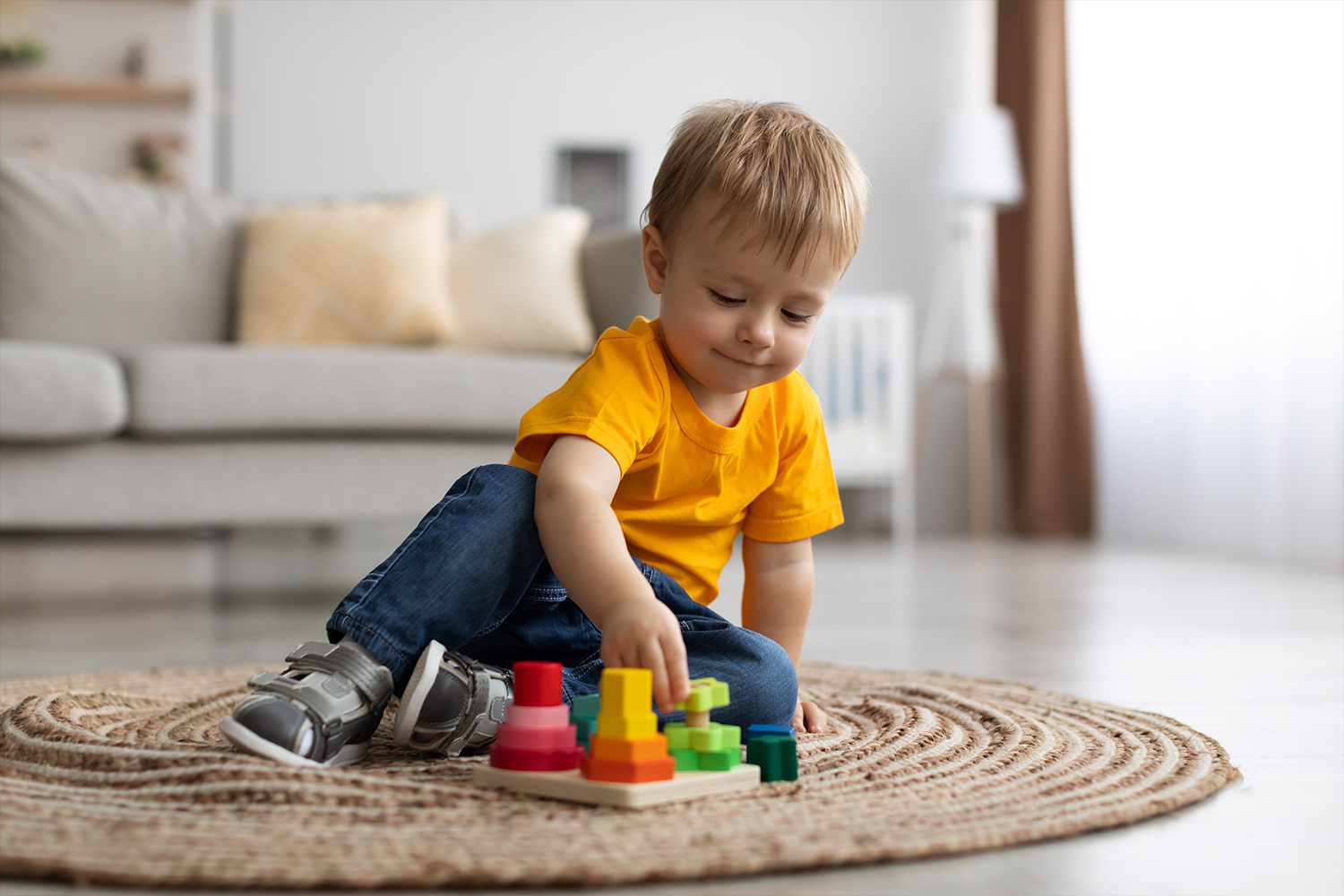Encouraging Flexible Thinking: Playing Games “Wrong”
Samantha Scalabrino, M.A.

Flexible Thinking is an important skill that allows children to understand situations different perspectives, embrace change, learn to adapt, and engage in critical thinking. However, this skill can be difficult for some children to learn on their own, leading to frustration, outbursts, and anxiety. Children with autism, in particular, tend to have difficulty with change and can get “stuck” in a repeated pattern of thinking and behavior.
A fun, non-threatening way to help kids learn how to be more flexible about challenging situations is to play games with them—the wrong way! Change the rules of a game with which the child is already familiar. By exposing a child to a low level of frustration, along with emotional support and guidance from you, they learn that they can successfully work through uncomfortable feelings. I have seen kids’ expressions change from wary suspicion about trying something new to lighting up with pride when they realized that they had conquered the game.
There are virtually an infinite number of games and ways to play them differently than intended. If your child has a favorite game, get creative to figure out how it can be played “wrong.” My go-to games for this technique are Connect 4 and Chutes and Ladders, but I have included a list of several options and how to play them incorrectly to help teach flexible thinking.
Examples of Games:
- Connect 4: Play Connect 3 or Connect 5 instead. Change the rules from lining up four tokens in a row to lining up three or five tokens. Connect 3 plays very quickly, while Connect 5 often ends in a stalemate.
- Chutes and Ladders: Switch up the mechanics of play by going up the slides and down the ladders. I have found that playing the game in this manner can actually be easier than the original version, so sometimes kids actually prefer the incorrect way!
- Simon Says: Change the game to don’t do what Simon says! If Simon says to do the action, don’t do it; if Simon doesn’t say to do the action, then it should be done.
- Matching Games: Instead of matching pairs of the same item, match cards based on another set of shared characteristics. For example: if the matching game involves cards with pictures of different monsters, match the monsters who are wearing glasses, ones that have three eyes, or those that have the same color fur.
- Candyland: Play the game backwards. In fact, this idea can work with many board games.
- Dart Board (for safety reasons I use one made of Velcro and balls that are thrown instead of pointed darts): Change the game to see who can score the fewest points. The child will have to adjust their aim away from the bullseye, thereby engaging in flexible thinking.
After the game is over, process how it went with the child. Ask questions like: “Did it feel strange to play this game incorrectly? Why” and: “Do you prefer the original way to play or the wrong way? Why?” Have them identify what seemed particularly frustrating and fun. Point out how you noticed them responding to the game. Did you notice a particular moment when they were frustrated and what where their body language clues? Did you notice them working through their frustrations? If you noticed that the child was able to successfully move past the frustrating parts, give them praise for being flexible to the new, strange rules and for working through any discomfort. If they struggled with the game, validate their feelings and that change can be difficult. Then use it as an opportunity to talk about how they can manage their frustrations next time. To take the conversation a step further, liken the game to examples of times when they have had difficulty with being flexible at home, in school, during extracurricular activities, etc., and encourage them to think about how they can respond differently with a more open mind.



